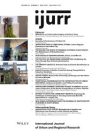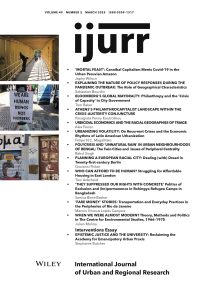By framing the displacement of people fleeing war, persecution and violence as a short-term problem, refugee camps have emerged to offer temporary accommodations and services to displaced refugees. In Bangladesh, refugee camps were built in Cox’s Bazar and Bhasan Char in recent years to house Rohingya refugees escaping from state-sponsored persecution by Myanmar. Constructed in two very different geographic contexts—mainland and island—yet intended to address the same refugee problem, the two camps reveal different built environments intended to instill different feelings of permanence and impermanence to affect control over refugees’ lives. We argue that planning and design thus serve as strategic biopolitical instruments by controlling and perpetually redefining the production and manifestation of (im)permanence in both sensual and tactile terms. The geographic locations of the refugee camps vis-à-vis their distance from the host country population function as an important driver of planning decisions. However, as these cases demonstrate, the biopolitics of exclusion are inherently incomplete, transforming camps into emerging, negotiated, and fluid campscapes. By providing a comparative analysis of the biotechnology of exclusion through the politics of (im)permanence in mainland versus island settings, we contribute to the understanding of the role of planning in reproducing spatial boundaries for social control.
Details
Written by:
Samira Binte Bashar, Bjørn Sletto
Digital Object Identifier (DOI)
https://doi.org/10.1111/1468-2427.13296
About DOI

